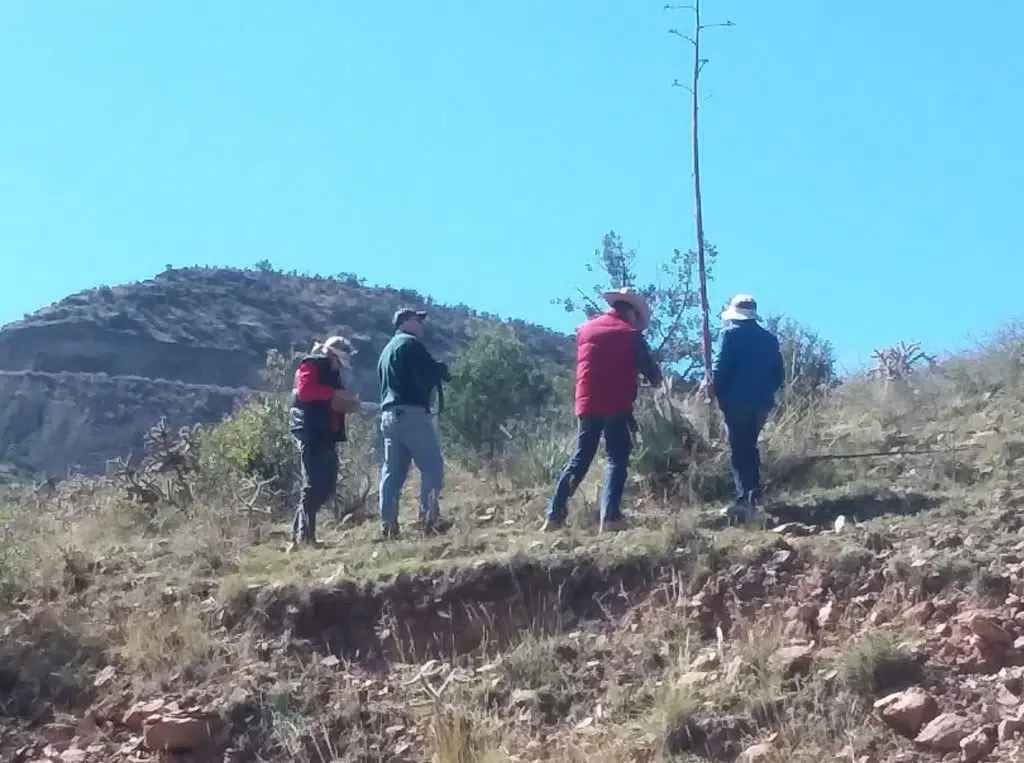Electronic Herbaria Data Applications, a Prelude to Study Eastern Redcedar Encroachment in the US Great Plains and Midwest
May 26, 2022

Talking about herbarium data is like entering a time machine that transports me back to a small room where I spent hours searching through plant specimens that were collected 100 years ago. While completing my Master’s degree, I spent hours collecting data from specimens stored in carboard boxes at the little herbarium of the arid land studies campus of the Autonomous University of Chapingo in the Chihuahuan desert. A few years after digging through those specimen boxes, I visited my colleague, Wendy Hodgson, at the Desert Botanical Garden herbarium. After enjoying a sip of mescal while talking about her research on Agaves and Native Americans, she introduced me for the first time to an electronic herbaria database the SEINet Arizona-New Mexico chapter, which later I used for my doctoral research.
What are electronic herbaria databases? They are online electronic collections of records generated from digitalized plant specimens. Herbaria databases hub botanical information (i.e., family, genus, species, location) of thousands of species, either collected electronically, from field samples or old herbariums collections. These records are available online for the public and the scientific community. Cool, huh?!
State of the art pocket electronic devices (phones and computers) and electronic herbaria databases are a powerful combo with tremendous potential to be used in many fields of ecology. For example, electronic herbaria data open new opportunities for resourceful tinkering and refocus the study of invasive species ecology. How do these herbaria databases work? Botanists, thousands of citizen scientists, and naturalist enthusiasts around the world with a single click from their electronic devices can generate records and upload observations of an invasive species to herbaria databases. Shut the front door! These records open new opportunities for scientists to generate innovative research and new questions to study invasive species ecology and help us to understand how our ecosystems work.
As a postdoctoral scientist, I am interested in the native-invasive eastern redcedar tree Juniperus virginiana that annually affects thousands of acres and threatens biodiversity of several ecosystems in the US Midwest and Great Plains. Using data from electronic herbaria databases, we explore geographic encroachment patterns in current and future climates. Thanks to herbaria electronic records and the many citizen scientist projects in the US, we not only learn valuable botanical information about eastern redcedar, but also, we know detailed geographic information about exactly where the species was found. The process of geographically screening, processing, and analyzing a species from electronic herbaria records requires several steps and even months of hard lab work. A single team of scientists could never collect a fraction of the records found in citizen scientist databases. Thumbs up to citizen scientists! We salute the thousands of citizen scientists and naturalist enthusiasts for their curiosity, passion, efforts, love for nature, and observations that make expanding the frontier of knowledge in ecology possible and helping us better understand eastern redcedar encroachment.



Hector Ortiz
Postdoctoral Researcher













